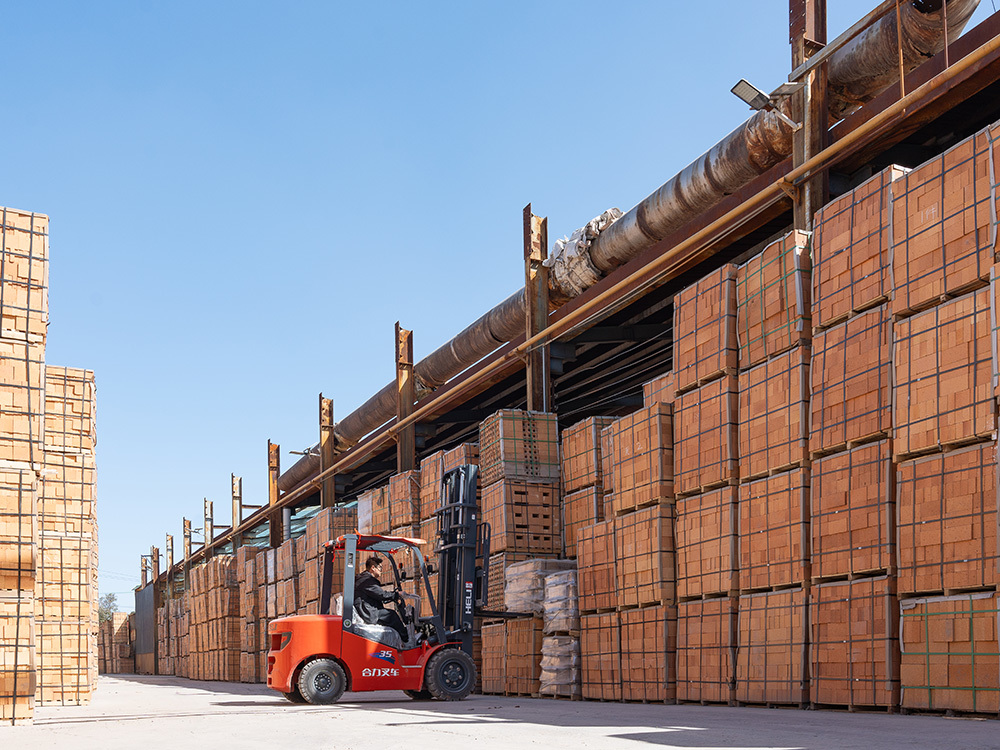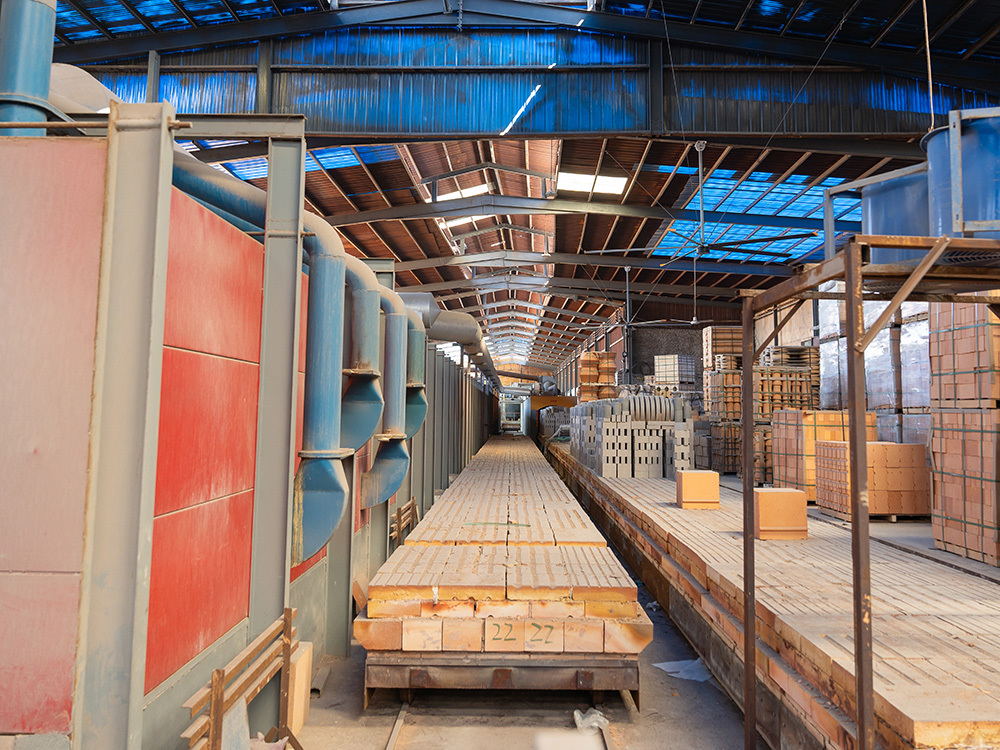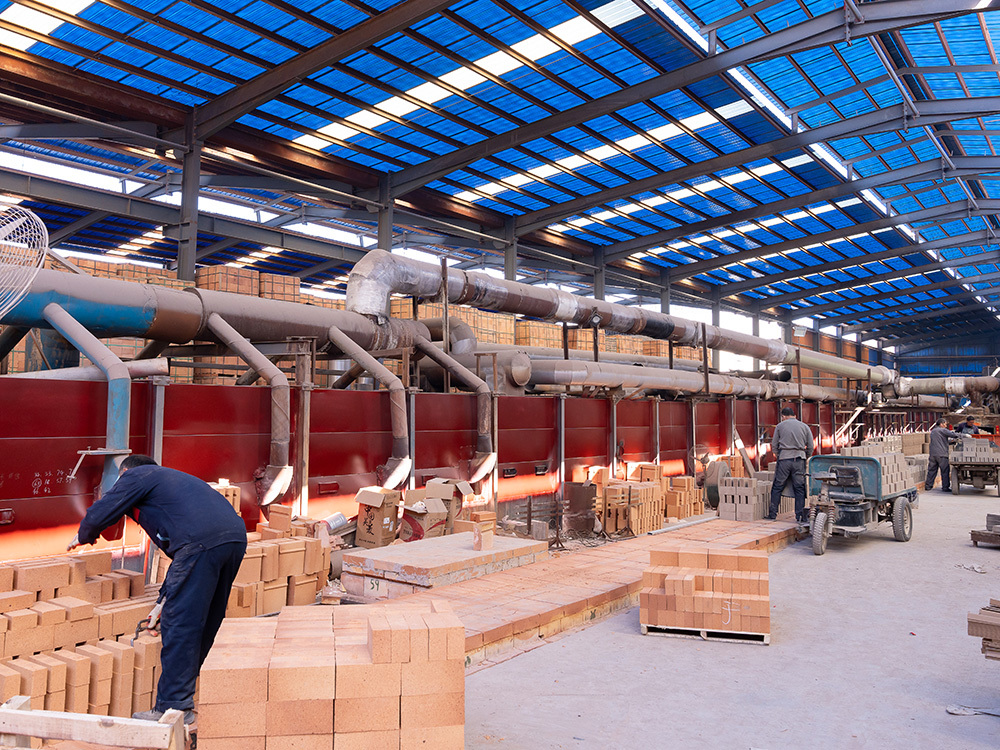Properties and abrasion resistance of refractory bricks
Apr 25,2024
When making refractory bricks, one or more liquids need to be stirred together to make them highly fluid. Refractory bricks are made of a mixture of powder particles composed of various aggregates or aggregates and one or more binders, resulting in inconsistent properties of their own.
Then, its properties are displayed in:
Compressive strength: the obtained compressive strength is large;
Load softening temperature: also known as the initial deformation temperature of high temperature load, this parameter is very important, symbolizing the high temperature resistance of the material;
Linear transition rate: also called reburning line transition or residual line transition, refers to the change of volume expansion and contraction in the same temperature transition. If each expansion and contraction are the same, we define such a linear conversion rate as 0;
Density: unit volume composition, high density, good footnote density, high strength, but high thermal conductivity;
Porosity: There are no detailed requirements, but as a manufacturer, the porosity must be strictly controlled.
The wear resistance of refractory bricks depends on the composition and structure of the refractory bricks. When the composition of the refractory brick is a dense polycrystal composed of a single crystal, its wear resistance mainly depends on the hardness of the mineral crystals constituting the material. High hardness and high wear resistance of the material. When the mineral crystal is anisotropic, the grain is fine and the material has high wear resistance. When the material is composed of multiple phases, its wear resistance is directly related to the bulk density or porosity of the material, and also related to the bonding strength between the components. Therefore, for a certain refractory brick at room temperature, its wear resistance is proportional to its compressive strength, and the refractory brick with good sintering has better wear resistance. Some refractory bricks such as high alumina bricks, it is generally believed that at a certain temperature (such as 700~900 ℃ below the elastic range), the higher the temperature, the lower the wear resistance, you can think that when the temperature increases with the increase of the elastic modulus of the refractory brick, the wear resistance is reduced. When the temperature increases and reaches the value of elastic modulus, the wear resistance increases with the decrease of elastic modulus. Such as clay brick in 1200~1350 ℃, wear resistance is even better than normal temperature. When the temperature is further increased, up to 1400 degrees Celsius, the liquid phase viscosity in the refractory products decreases sharply, and the wear resistance decreases. Some refractory bricks, such as chromium-containing refractory bricks, increase with increasing temperature, wear resistance. The composition, structure and temperature of refractory bricks will affect their wear resistance, so that the refractory bricks will have better wear resistance!
RELATED INFORMATION
Why refractory bricks can be refractory
2024-04-25
Properties and abrasion resistance of refractory bricks
2024-04-25
What problems should be paid attention to when building refractory bricks?
2024-04-25




